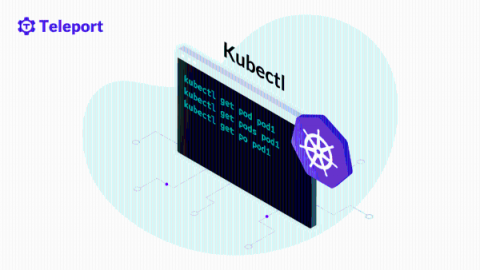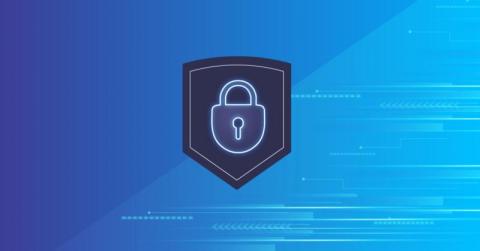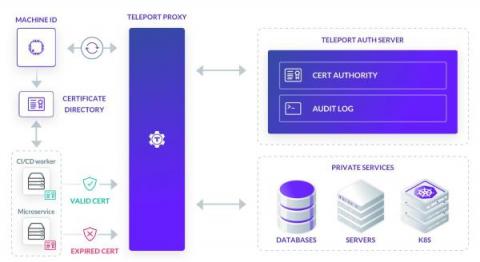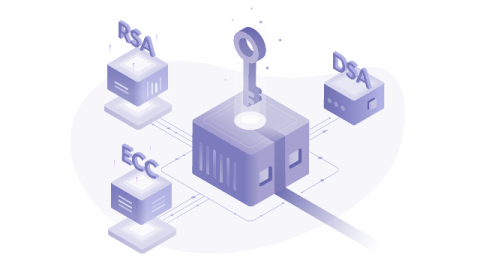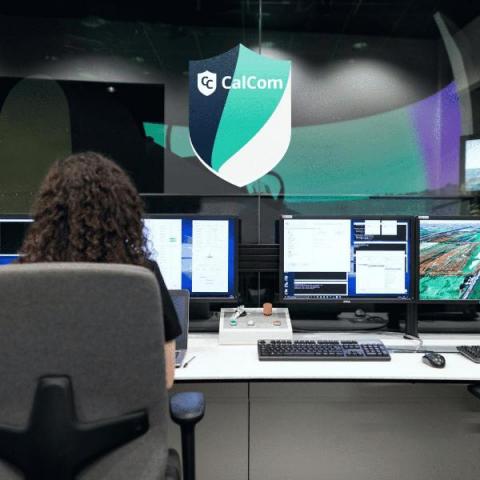Why Security is Essential in the CI/CD Pipeline
CI/CD is a method to regularly deliver applications to customers by introducing automation into the stages of software development. It’s where organizations integrate all of the processes that go into delivering software. The main concepts attributed to CI/CD are continuous integration, continuous delivery, and continuous deployment. But the CI/CD pipeline can also be a target of exploits and compromise.



